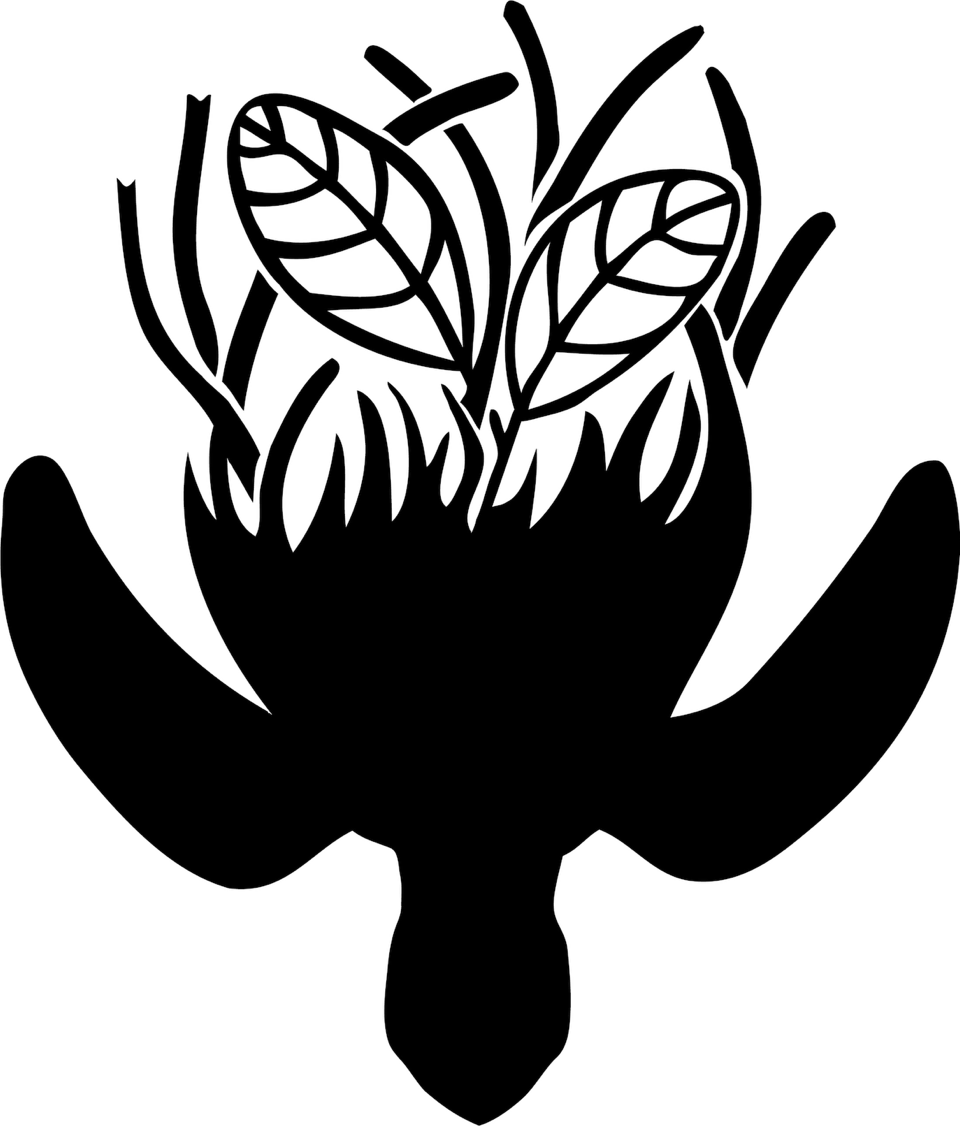My name is Thijs van Wuijckhuijse, and I have been doing my internship here on Bonaire to continue with the already running project in Lac Bay regarding the cage experiments. I have arrived in September, also with the intention not going back to the Netherlands. My fieldwork started on November 1st and ended on February 1st. February will be the time to write a report of my findings. My main research question is: To what extend does grazing impact the growth and reproduction of the native seagrass Thalassia testudinum and the exotic seagrass Halophila stipulacea?
Next to conducting cage experiments, I also did cafeteria experiments, an above-and-below-ground biomass research near the grazed/ungrazed border in the north of Lac Bay, and a grazed/ungrazed border shifting survey. I was also involved with sea turtle surveys with STCB on the east coast of Bonaire.
As from half October, Miriam Loth (my fellow intern) and I joined the two former interns Roos and Irene to get a glimpse of the field work and to get used to kayaking with diving gear and equipment with you. As easy as it sounds, it is not always the case, as the equipment and dive gear needed are heavy, let alone getting it in and out of the water.
The cages are situated a little to the north within Lac Bay. At least two times a week Miriam and I went to these cages to take photos, measure canopy heights of the seagrass within the cages as well as within certain designated open transects next to them, density percentages of these species, number of shoots, clean the cages, and once a month we took samples to measure the biomasses of the sampled seagrass. Processing the samples was fun but also very time consuming, measuring every single leaf and to make small aluminum pouches for all the different plant parts for each sample to let it dry in.
During these experiments, we often drove beyond the Mangrove Center, the place where you headed through the mangroves towards the cages with your kayak, towards Lac Cai, a small beachy place in the north of Lac Bay. There, we did our cafeteria experiments, where we offered three types of seagrass to sea turtles using steel poles in the ground and attach the grass to it, and film for a couple of hours. Of all the times we did this experiment, unfortunately only one turtle was filmed eating the native seagrass Thalassia testudinum. It was however a big and beautiful turtle, and we were really excited to have filmed one during this experiment.
With the above-and-below-ground biomass survey, Miriam and I went further north within the bay with our kayaks to take biomass samples on the border of grazed and ungrazed seagrass, and just beyond this border further into the bay. With these samples, I want to find out what is the correlation of the seagrass biomass above and below ground and if there is any change in below ground biomass in grazed areas.
The border shifting survey was a short but important survey, where I kayaked over this border and recorded my route. I did this twice, one in November and one in late January. Comparing these data with satellite pictures from Google Earth, I can see if this border shifted any further in these couple of months.
Last, but definitely not least, we went with STCB to capture, weigh, and tag the sea turtles within Lac Bay and the east coast. It was a magical experience, where I was allowed to help catch them, bring them into the boat, and help with the measurements on the boat.
I have enjoyed so much during this internship, where I was allowed to venture into the beautiful nature of Bonaire, see it’s wonders, and to help monitor and maintain these ecological wonders. It was a privilege, something I will never forget and terribly will miss. However, I have nothing to complain since I, for one, have not to leave this island!
With kind regards, / Met vriendelijke groet,
Thijs van Wuijckhuijse
Wageningen University
MSc Aquaculture and Marine Resource Management
